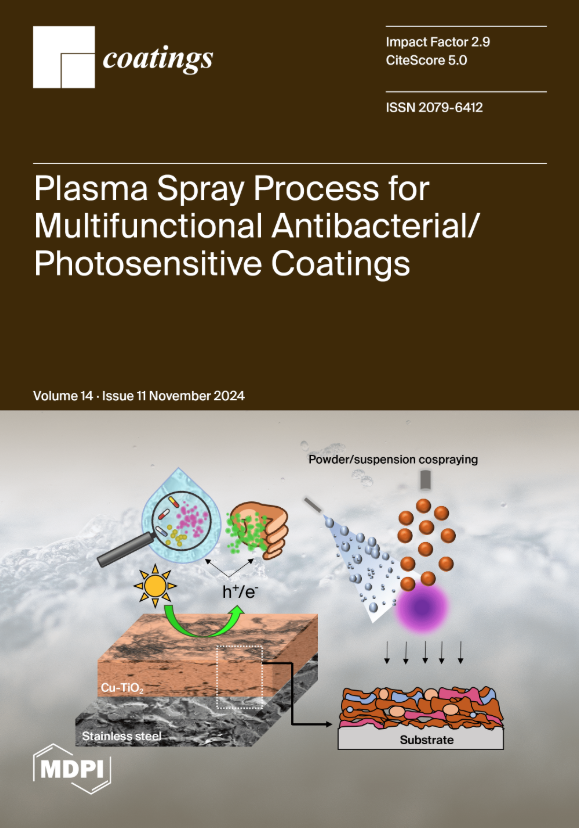A Mathematical Model for Predicting the Ultra-Early-Age Strength of Concrete
IF 2.8
3区 材料科学
Q2 MATERIALS SCIENCE, COATINGS & FILMS
引用次数: 0
Abstract
To accurately quantify the time-varying pattern of concrete’s compressive strength, selecting an appropriate curve model is of paramount importance. Currently, widely adopted models such as polynomial, hyperbolic, and exponential models all possess limitations, particularly in terms of low fitting accuracy during the ultra-early-age stage. This paper innovatively introduces a mathematical model that utilizes a combined curve approach. This model boasts a simplified structure with only two fitting parameters. Compared to traditional models, when utilizing three or more sets of experimental data on compressive strength across different ages, the new model is capable of yielding more precise strength predictions. Due to its minimal reliance on experimental data, the new model exhibits high practicality and convenience in real-world applications. To validate its superiority, a detailed comparison between the new model and existing models was conducted based on several sets of experimental data. The results demonstrate that the new model has significant advantages in terms of mean fitting error and standard deviation, making its predictions the most reliable. For most cases, the standard deviation of the new model is reduced by approximately 30% to 80% compared to the second-best model, underscoring its exceptional stability and consistency. Additionally, the predicted long-term compressive strength values of the new model are closer to the design strength grade of the concrete. This model can also be successfully applied to predict the tensile strength of concrete during its ultra-early age. It has been demonstrated that the combined model proposed in this paper shows promising application prospects in evaluating the time-varying behavior of concrete strength.预测混凝土超早衰强度的数学模型
要准确量化混凝土抗压强度的时变模式,选择合适的曲线模型至关重要。目前,广泛采用的多项式、双曲线和指数模型都存在局限性,尤其是在超早期龄期拟合精度较低。本文创新性地引入了一种采用组合曲线方法的数学模型。该模型结构简化,只有两个拟合参数。与传统模型相比,当利用三组或更多组不同龄期的抗压强度实验数据时,新模型能够得出更精确的强度预测结果。由于对实验数据的依赖性极低,新模型在实际应用中具有很高的实用性和便利性。为了验证新模型的优越性,我们基于多组实验数据对新模型和现有模型进行了详细比较。结果表明,新模型在平均拟合误差和标准偏差方面具有显著优势,因此其预测结果最为可靠。在大多数情况下,与次优模型相比,新模型的标准偏差降低了约 30% 至 80%,这表明新模型具有卓越的稳定性和一致性。此外,新模型预测的长期抗压强度值更接近混凝土的设计强度等级。该模型还可成功用于预测混凝土超早期的抗拉强度。事实证明,本文提出的组合模型在评估混凝土强度的时变行为方面具有广阔的应用前景。
本文章由计算机程序翻译,如有差异,请以英文原文为准。
求助全文
约1分钟内获得全文
求助全文
来源期刊

Coatings
Materials Science-Surfaces, Coatings and Films
CiteScore
5.00
自引率
11.80%
发文量
1657
审稿时长
1.4 months
期刊介绍:
Coatings is an international, peer-reviewed open access journal of coatings and surface engineering. It publishes reviews, research articles, communications and technical notes. Our aim is to encourage scientists to publish their experimental and theoretical results in as much detail as possible. There is no restriction on the length of the papers. Full experimental and/or methodical details must be provided. There are, in addition, unique features of this journal:
* manuscripts regarding research proposals and research ideas will be particularly welcomed
* electronic files or software regarding the full details of the calculation and experimental procedure - if unable to be published in a normal way - can be deposited as supplementary material
 求助内容:
求助内容: 应助结果提醒方式:
应助结果提醒方式:


